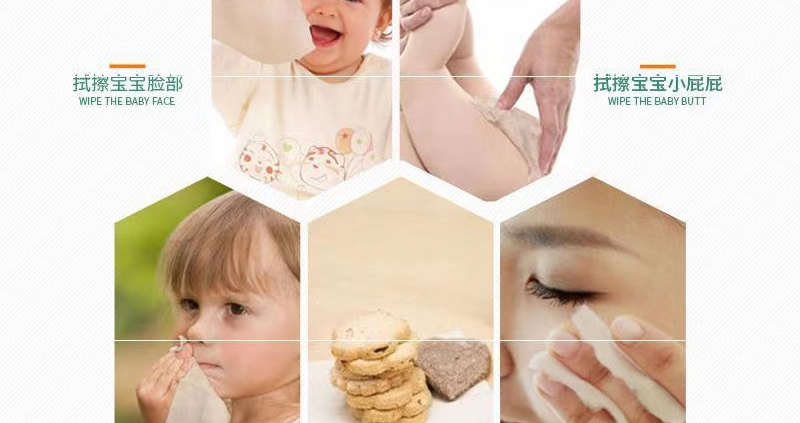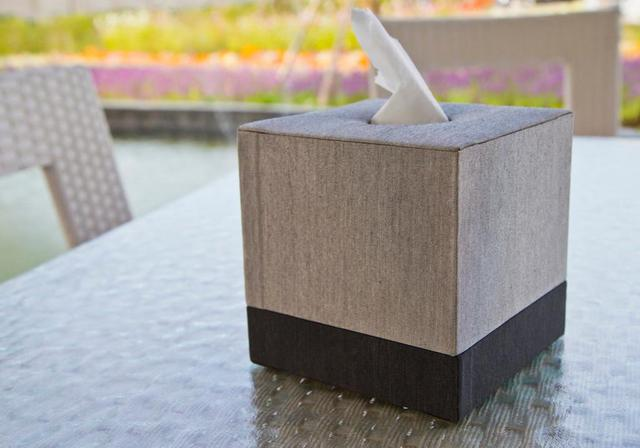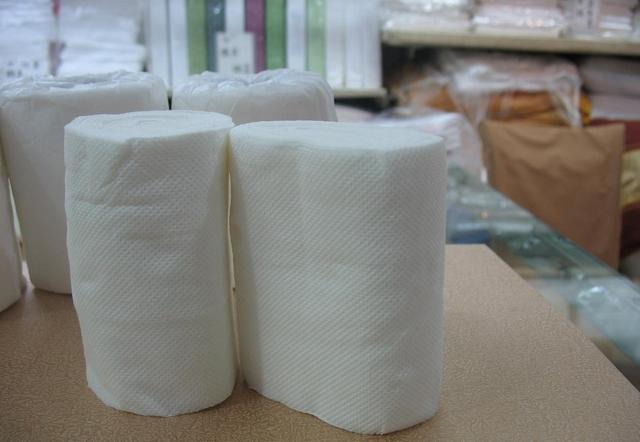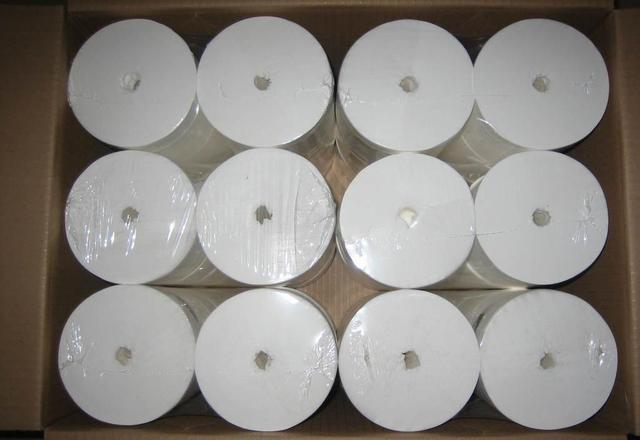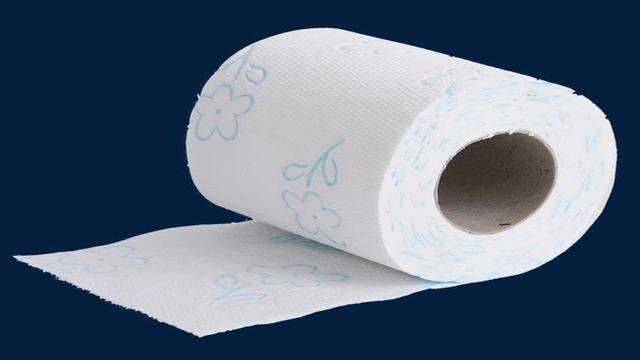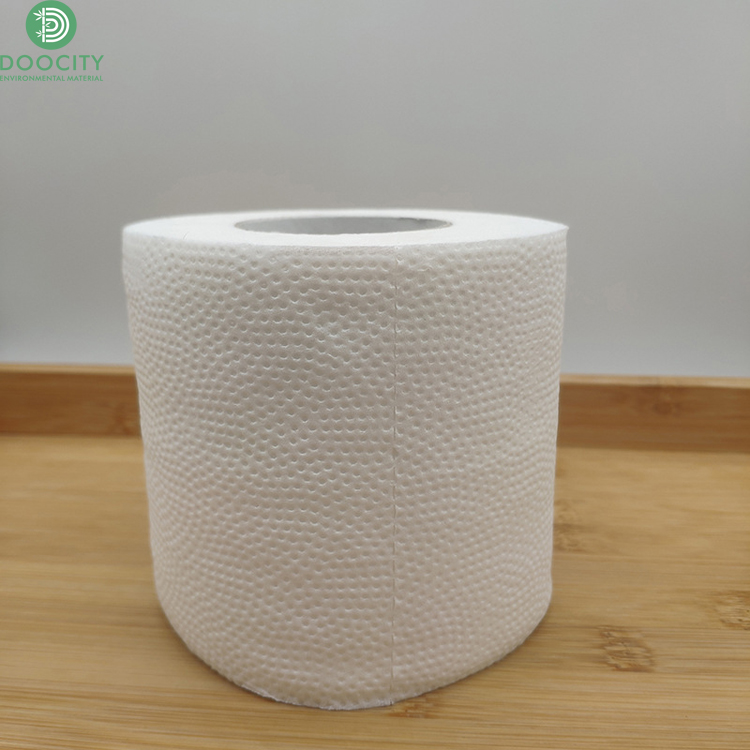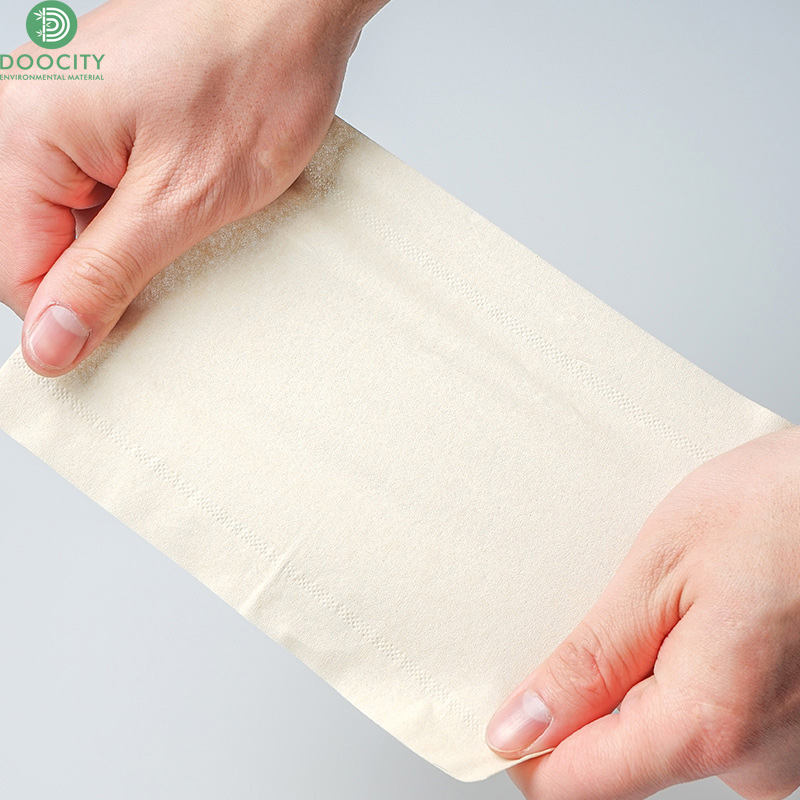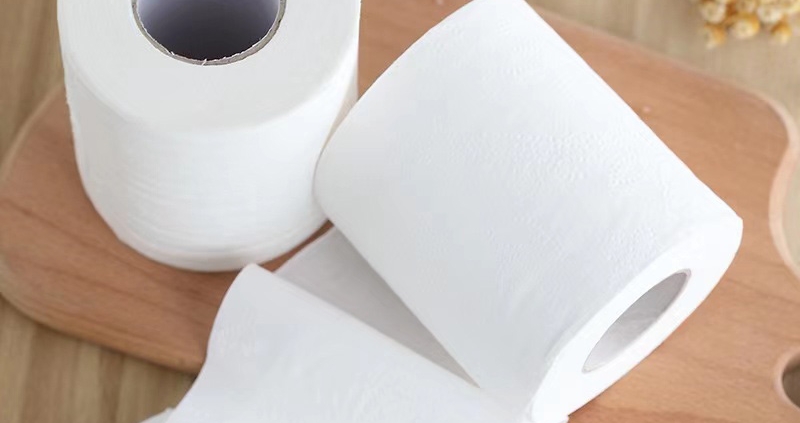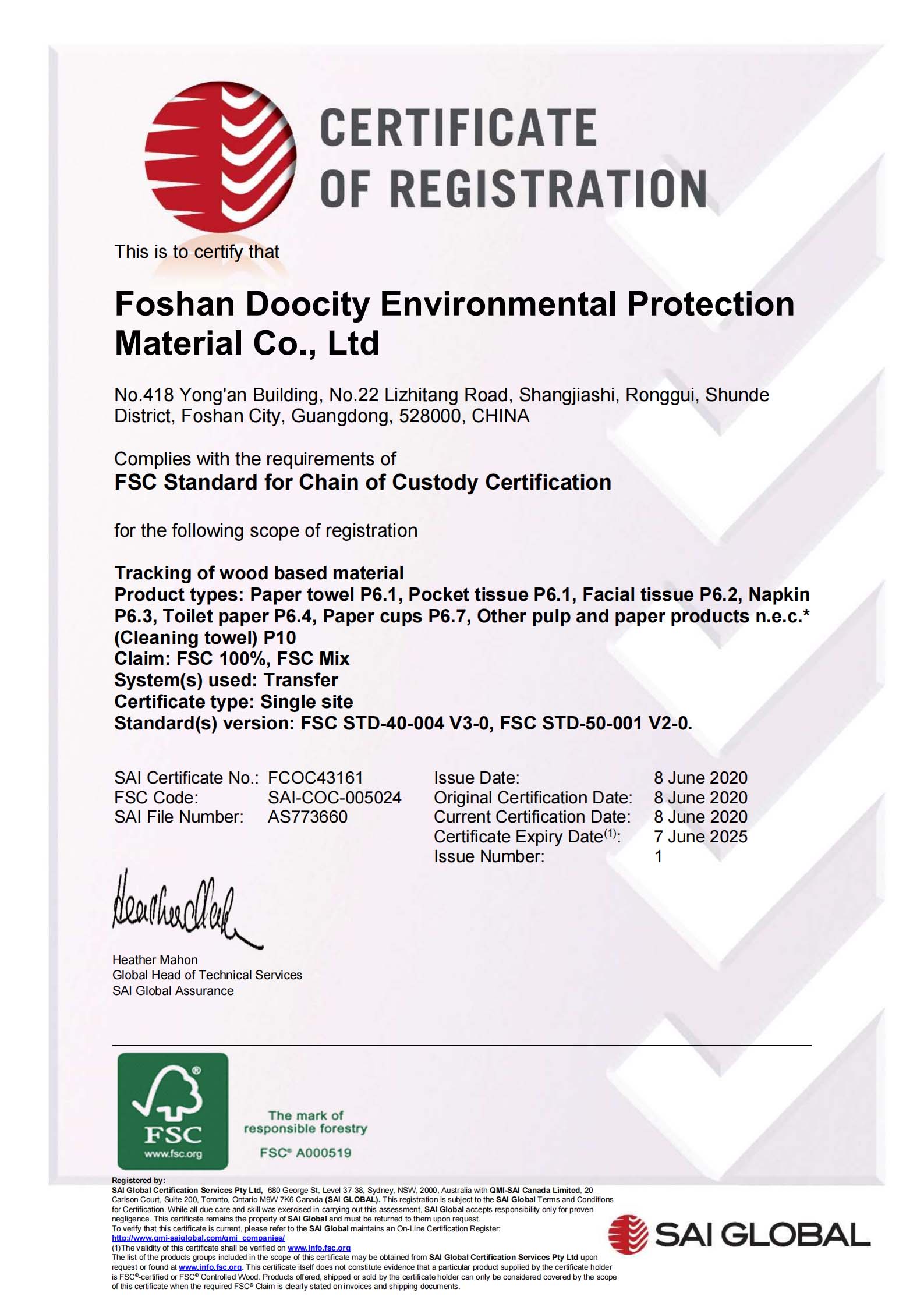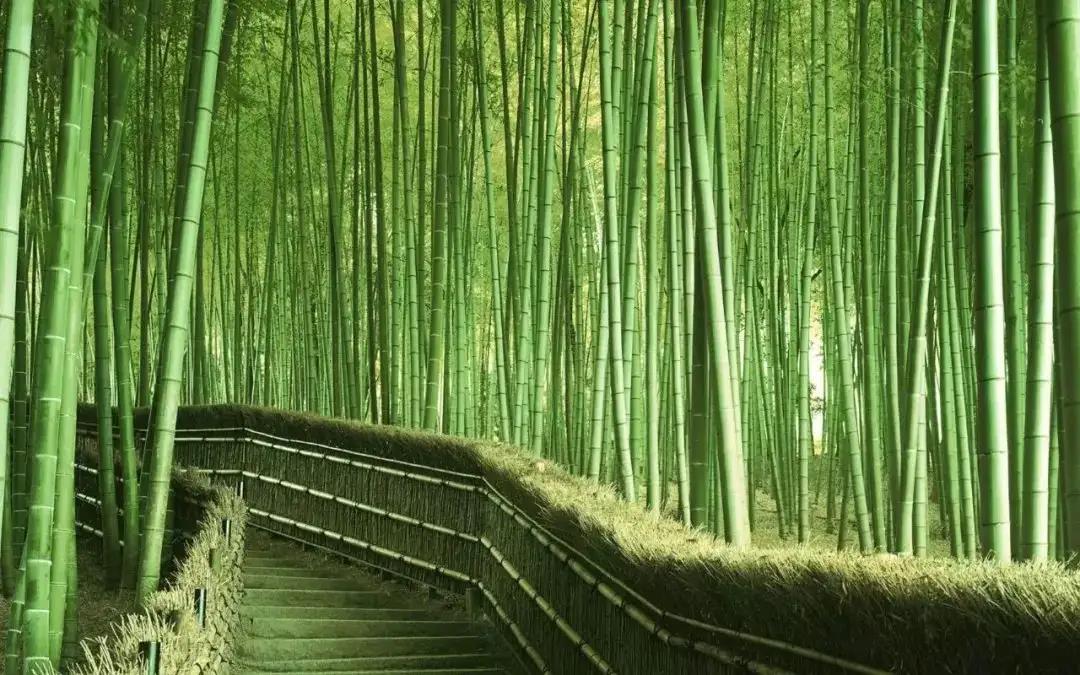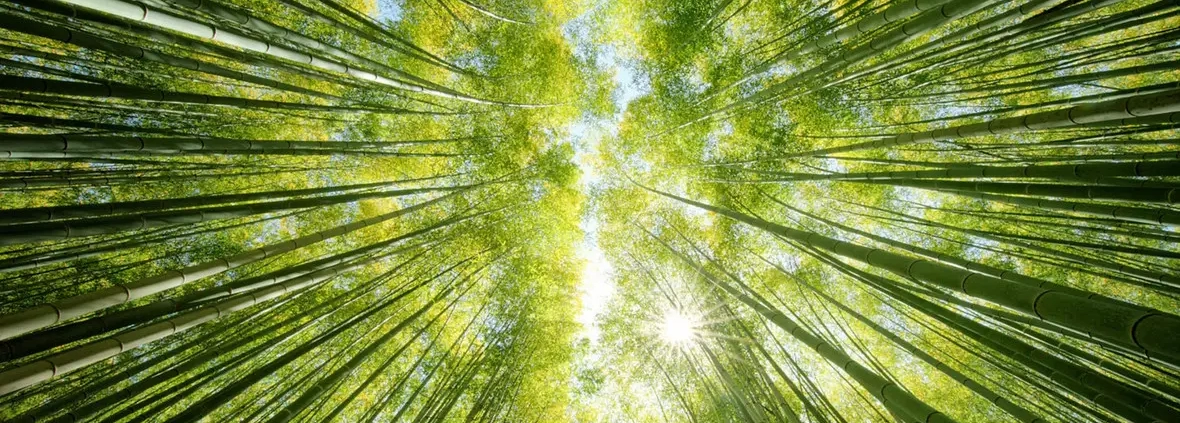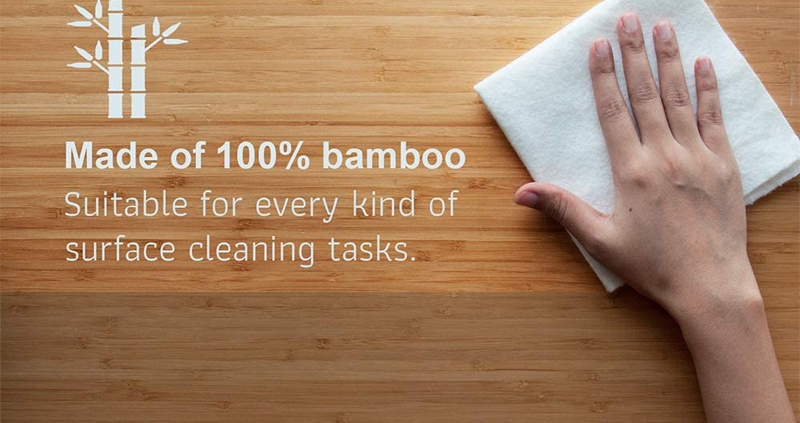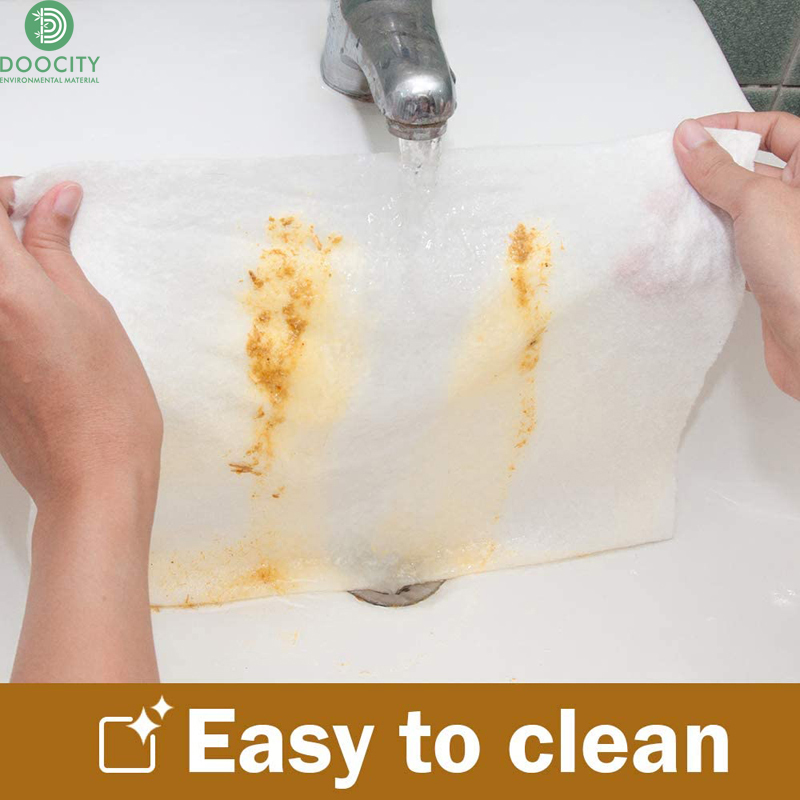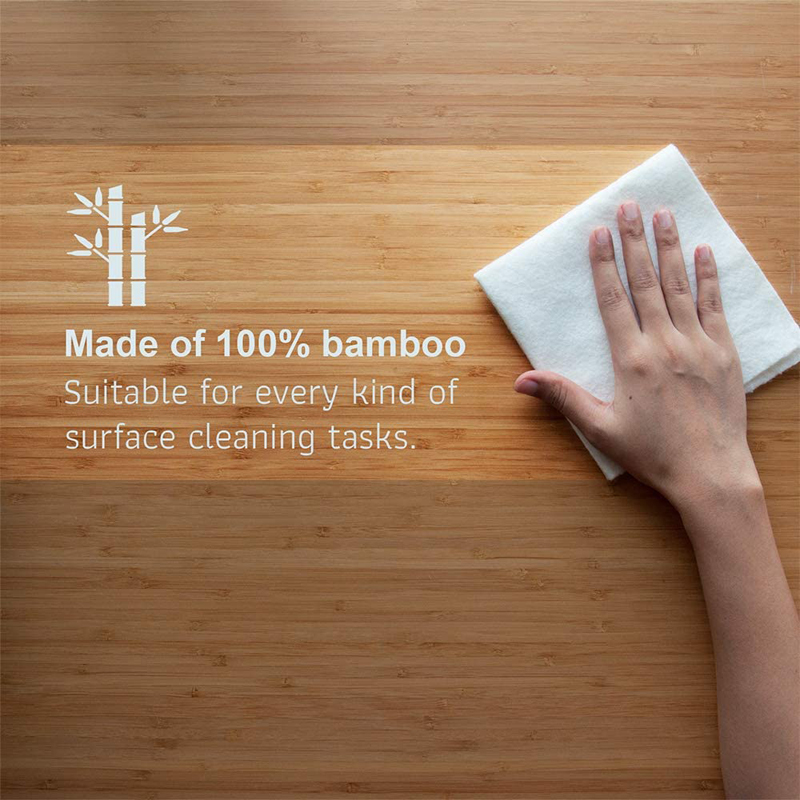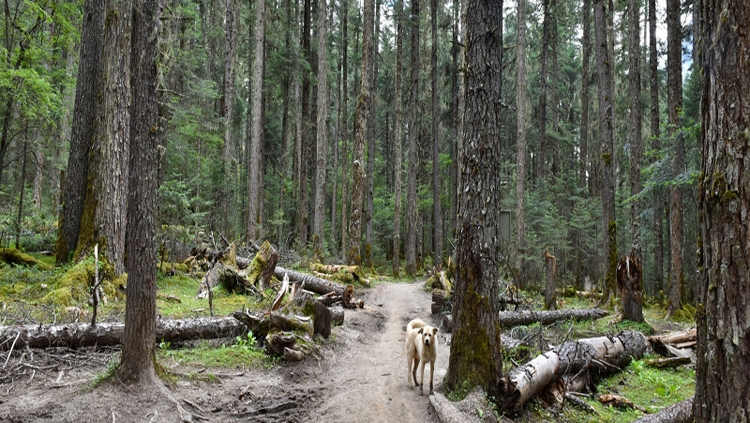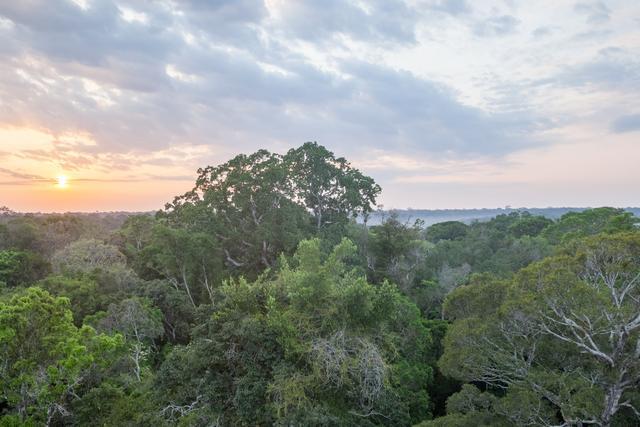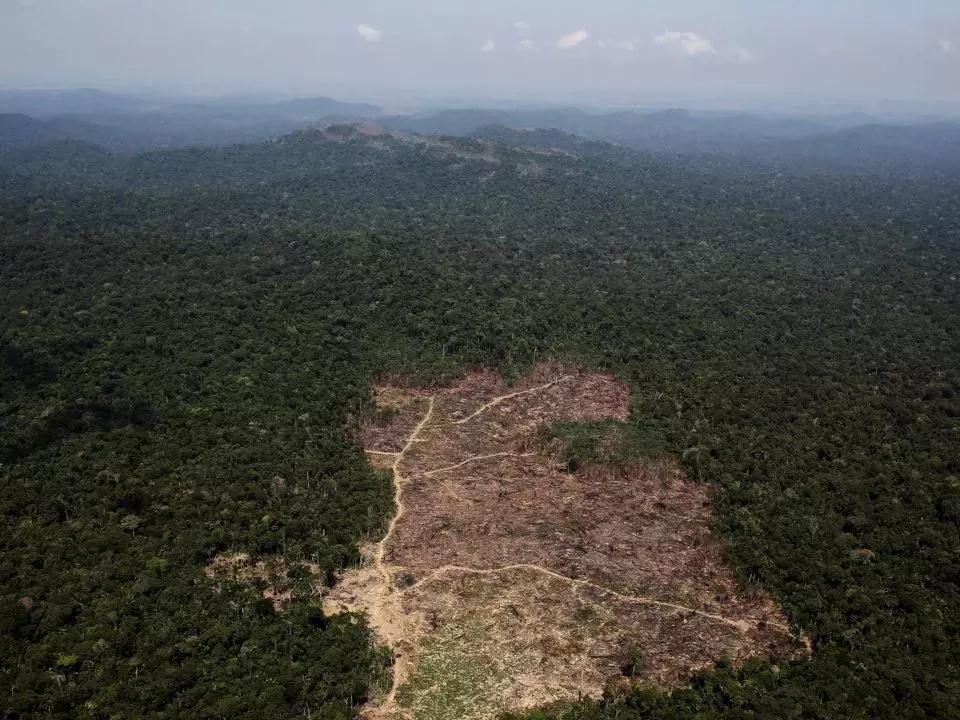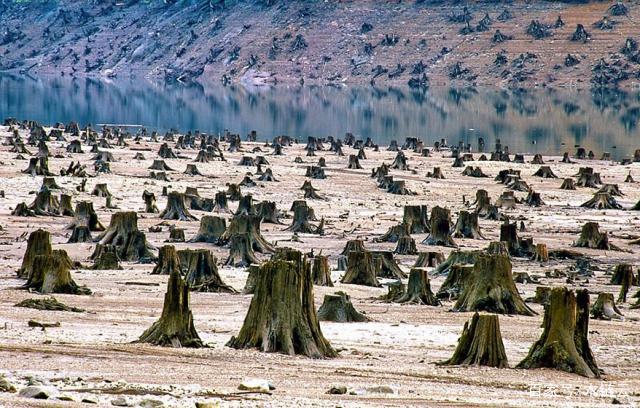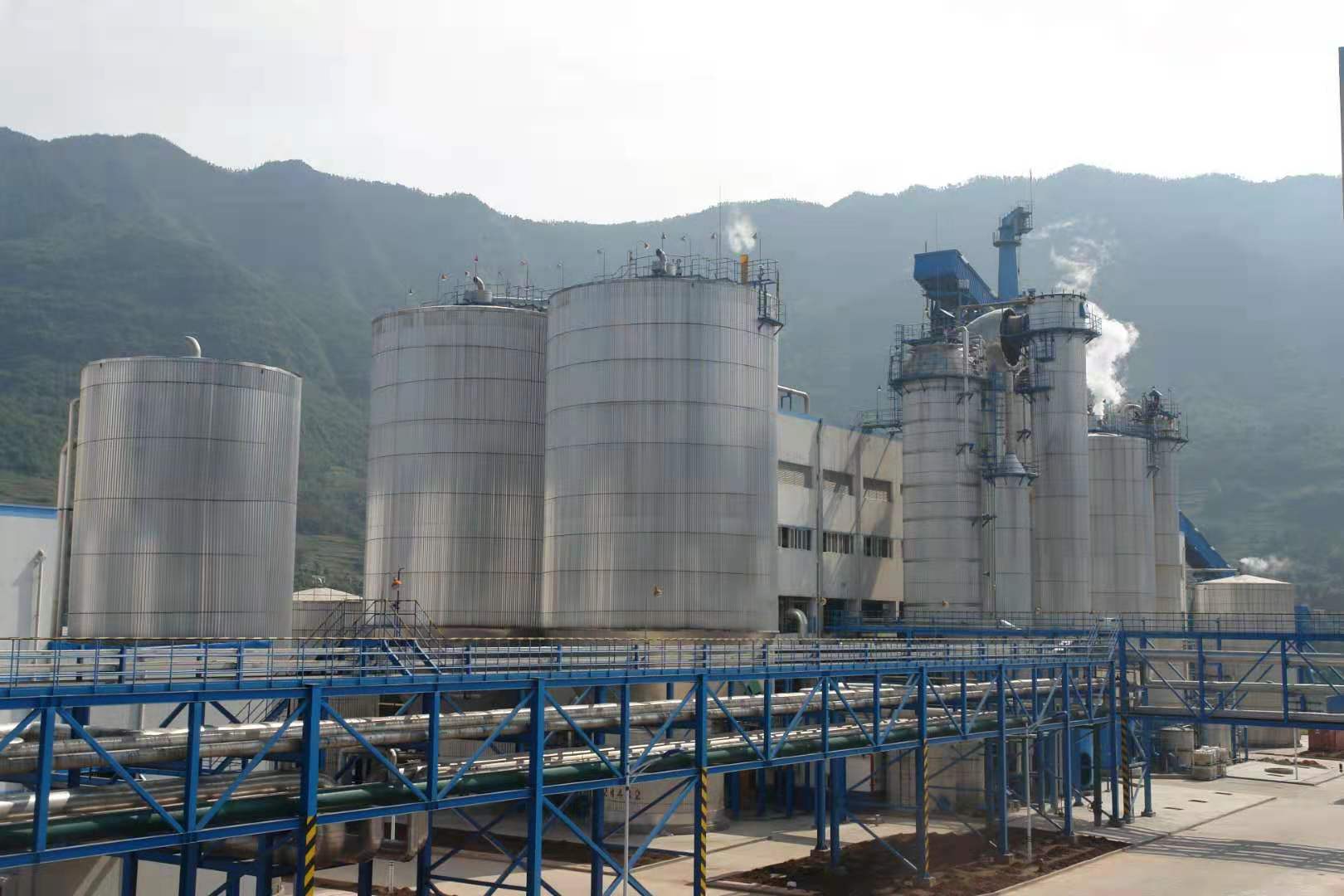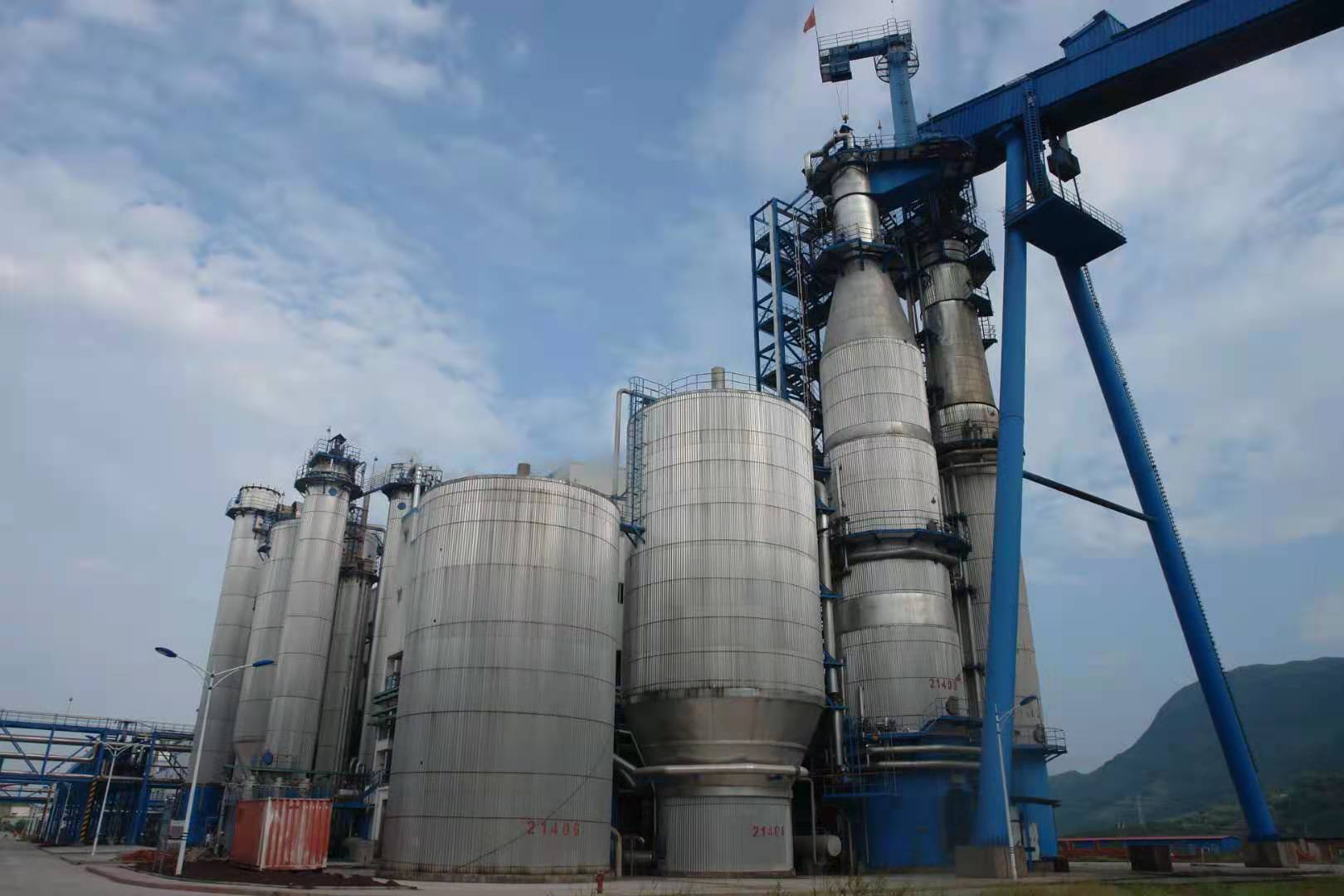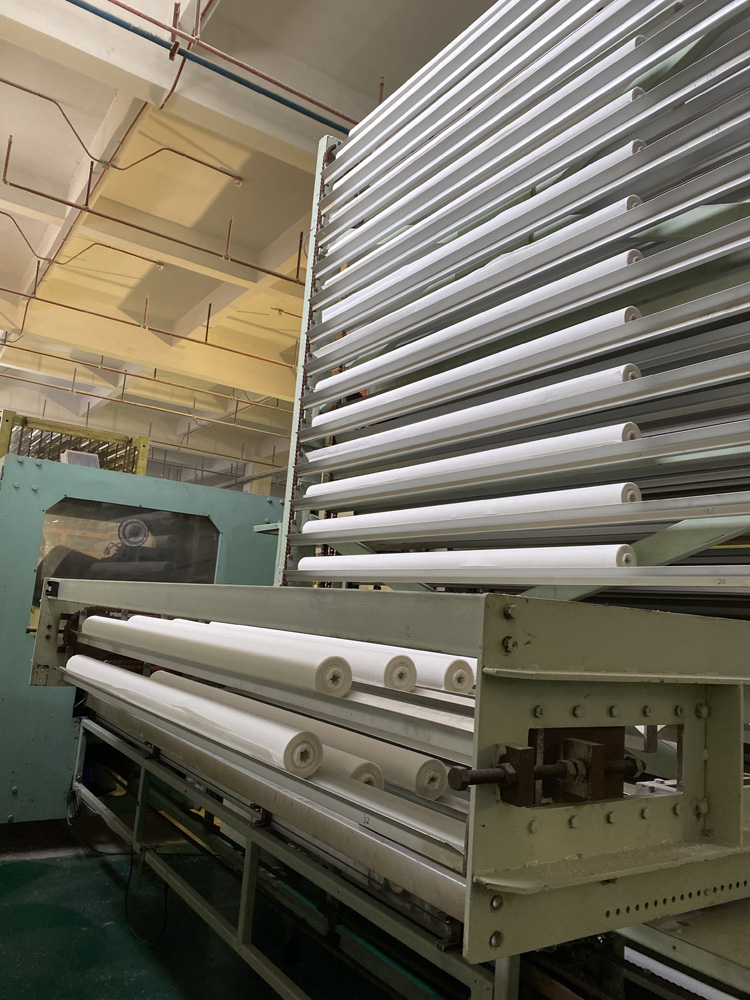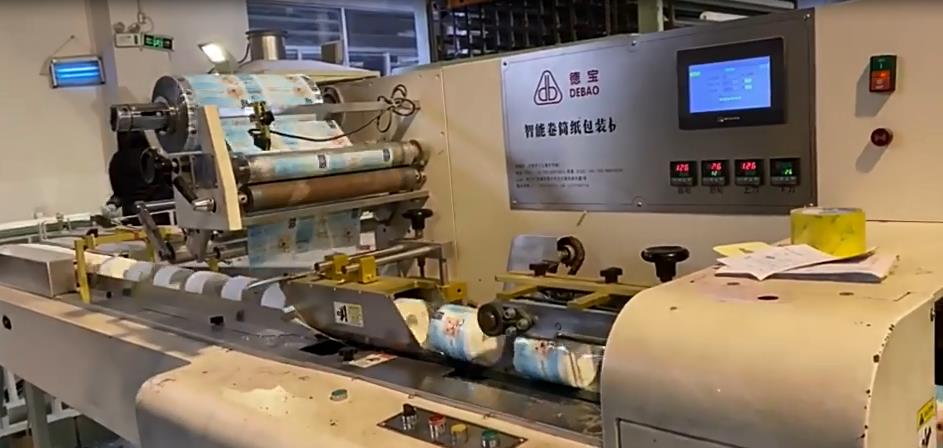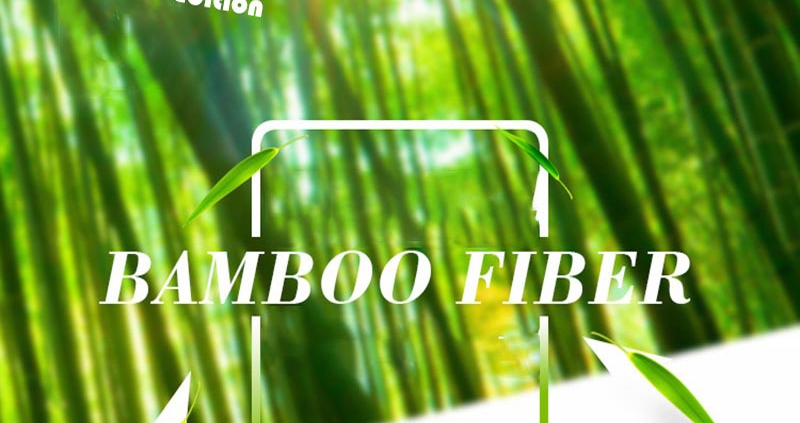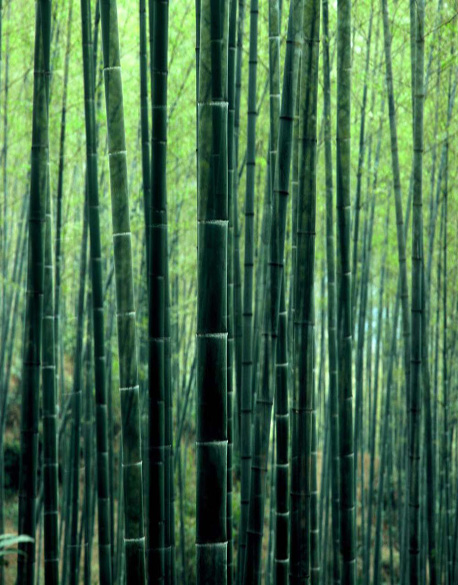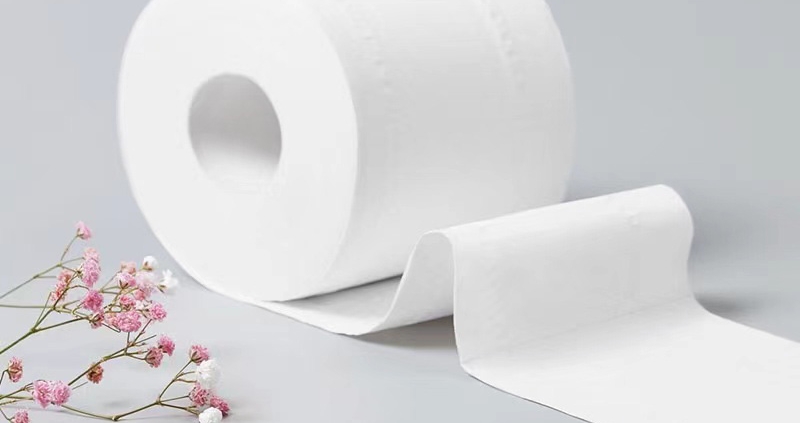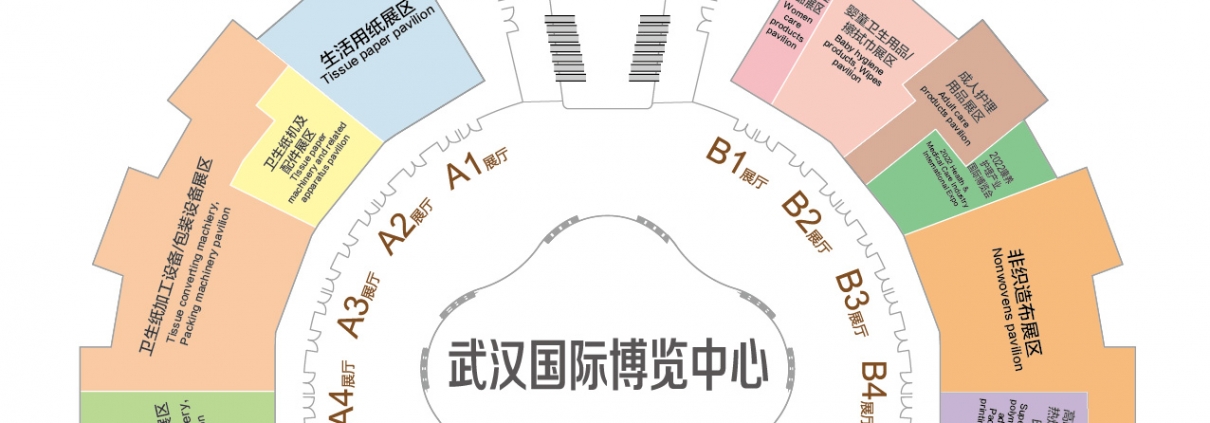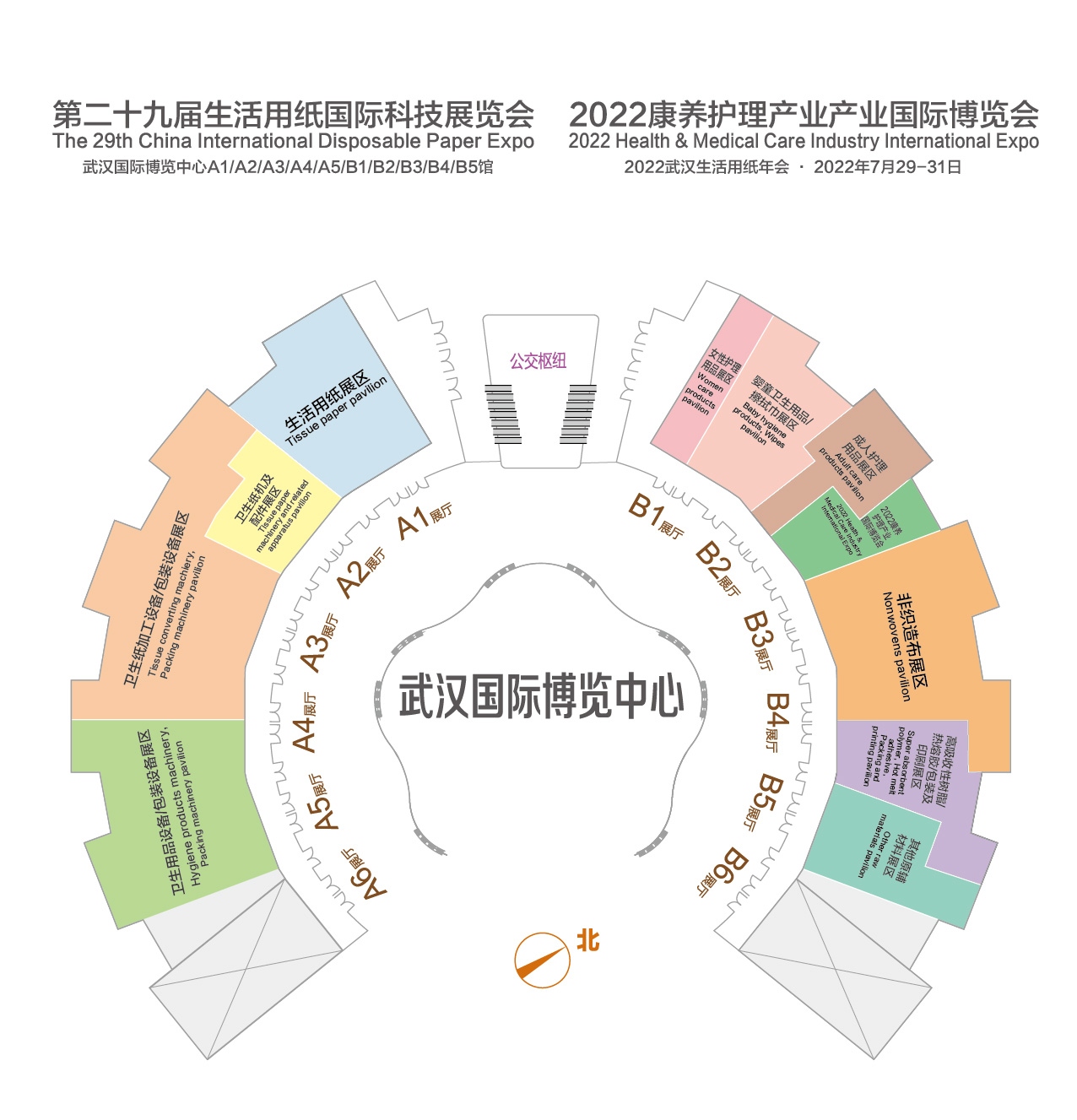Do you know how to choose tissue paper for baby?
Talk about the children clean health, this is also a problems that many parents are concerned about. In addition to the children’s clean food and drink, the children’s clothes at ordinary times also need to be kept clean.
Especially after eating, many parents are careful to wipe their children’s mouth or wipe the pot of water, so as to keep their children clean, and at this time the most used is tissue paper.
When choosing tissue paper, there should be some precautions. Although some tissue paper seems clean, it is worse than rag, and it is easy to affect the health of children. I hope parents do not buy any more for their children.
One case share:
Kai’s mother is very clean. Apart from the daily cleaning, she also has very high requirements for Kai. Three-year-old Kai cannot eat at the table unless he washes his hands.
What’s more, when Kai slobbers or gets dirty on his clothes, his mother will clean it immediately, so Kai’s mother is also praised by many people.
It is also because of cleanliness that there is a high demand for tissue paper. in Kai’s home. It is also because of this that Kai’s mother buys cheap tissue paper to save money.
One time one shop make promotion activity, Kai’s mother hoarding a lots of, but used some time and found Kai’s mouth around a ring of red bumps, that makes Kai’s mother very worried, so took him go to hospital for examination, the result doctor said this is the tissue paper caused the disaster.
The original tissue paper without any certificate and marks,can not find any production information. Coupled with the previous exposure of toxic tissue production environment. Let Kai’s mother very regret. Because buy the cheap tissue paper, so harmful for children.
For children, the skin is relatively delicate, it is easy to be hurt, so in normal time also need to choose right tissue directly to the baby wipe, it is conducive to the baby’s health.
How to choose tissue for baby?
1.The more expensive the tissue paper, the better
Many peoply think some tissue paper more expensive more better, but in actually, this side is not fit for choose tissue paper. In fact choose tissue paper quality mainly from three side to show, Firtst: Softness. Second: Water-absorbing. Third: Toughness.
According to the difference in quality. Tissue papers are also different. It’s not more expensive tissue paper are the better, but the tissue paper meet the three side are suitable for the baby.
2.Tissue paper have scented or unscented?
A lots of news has also exposed some of tissue paper have fragrance very big harmful for baby. Because this tissue paper with fragrance, most of them are some residual essence contains a large number of additives.
For this tissue not only cause some harm to adults, not to mention some delicate skin babies, if wipe some private parts, it will also cause harm for health of babies. So it is best to choose some tissue paper without fragrance.
3.Tissue paper more white more better?
Many mother think some tissue paper very softness and white,quality looks good and skin well. Maybe more better for baby. But hardly realize some tissue paper looks very white like snow. Maybe add too much fluorescent agent.
And this tissue paper for baby’s skin damage is greater. So in ordinary times do not think that the whiter the better. You can choose some natural color tissue paper. Which is mostly some qualified. Will not cause baby to ask skin problems.
4.What is difference between natural bamboo pulp and pure wood pulp?
Produce by natural bamboo pulp tissue, No add any bleach,dioxins,chlorine and other harmful substances. While some pure wood pulp may be mixed with recycled second-hand raw materials into it. In comparison, the former is relatively healthy, so try to choose this kind of beauty.
What else should you pay an attention to?
First: Look at appearance and cut line.
In normal time need to pay attention to choose cut line complete, clean appearance, qualified product packaging tissue, so that it is safe and can also avoid the situation of bacteria exceeding the standard.
Second: Select from information
You can also observe the outer packaging of the tissue paper, whether it is marked with manufacturer’s addess, contact information directly to the level. The original pulp content and so on. If have such information, it indicates that this is also a regular product.
If not, belong to three no products, like this product, Addtitives is relatively large, often used for children, the impact on children is also very great. So in the peacetime to carefully observe.
Third: Tissue paper precision and fiber.
When you buy tissue paper for baby.You should also observe the density, softness and comfort of the paper to see if there are additives, and like some fiber, the stronger the tissue paper,not easy to tear.
Fourth: Look at the color of tissue paper
You can also observe the color of tissue paper, just said that white color is not always good, which contains additives and whitening agent. So try to choose some natural tissue paper.

